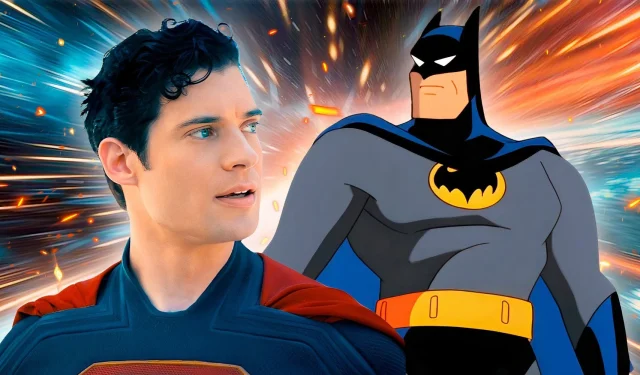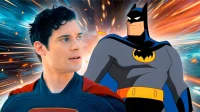The DC Universe stands at a crossroads, seeking inspiration from its legacy of animated storytelling. Despite possessing a roster of iconic heroes, achieving coherence in live-action adaptations has proven challenging. While films like The Batman and series like Peacemaker have found success, the overall narrative consistency in the DC Extended Universe (DCEU) remains elusive. However, the storied success of the DC Animated Universe (DCAU) offers invaluable insights for shaping the future of the DCU.
Rooted in decades of rich storytelling, DC’s animated journey reached new heights in the ’90s with Batman: The Animated Series and the illustrious “Timmverse.”These shows transformed superhero narratives with their complex characters, mature themes, and intricate plots, predating the Marvel Cinematic Universe (MCU) as well as the DCEU. Under the guidance of James Gunn and Peter Safran, the emerging chapter of the DCU titled Chapter One: Gods and Monsters presents an opportunity to draw from the successes of its animated counterparts to create a cinematic universe that resonates with audiences.
Vital Lessons from Animated Greatness
Masterclass in Character Depth: Batman: The Animated Series
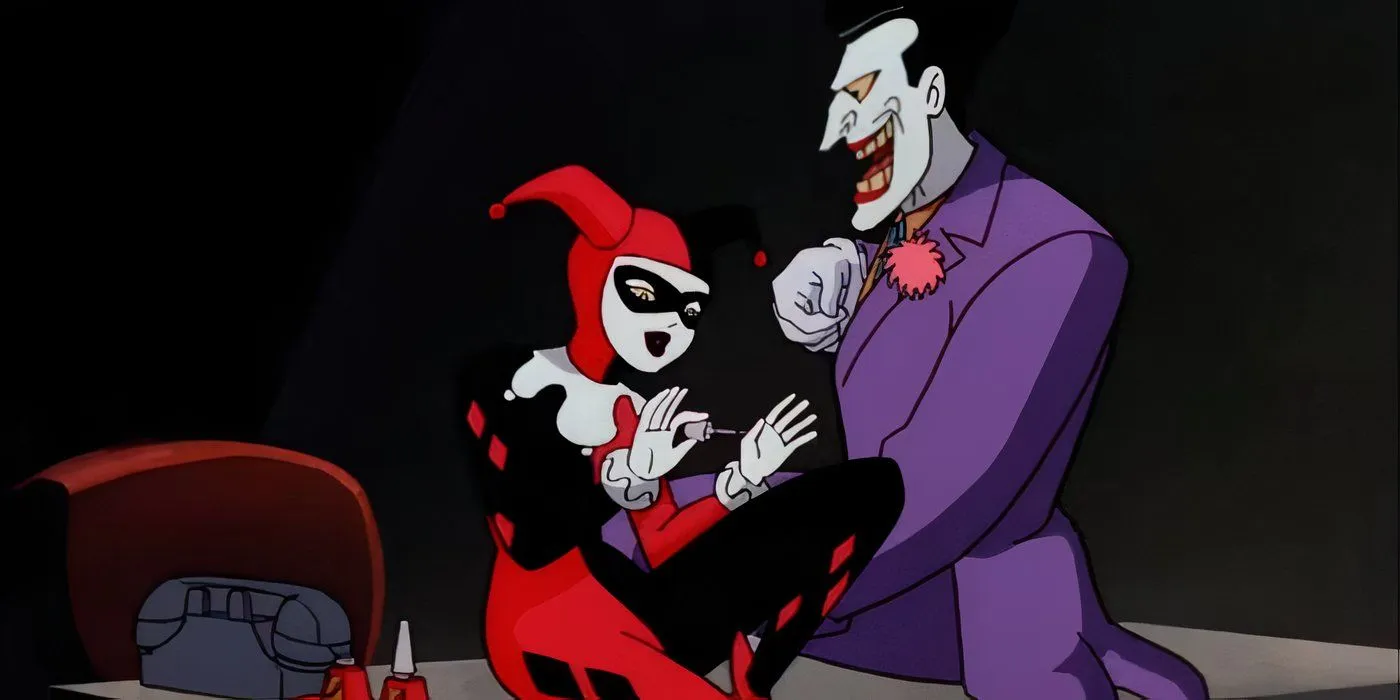
Batman: The Animated Series redefined not only Batman but his entire rogues’ gallery. It elevated villains beyond mere plot devices by providing them with rich backstories that resonated emotionally with viewers. Characters such as Mr. Freeze and Two-Face were given layers, enabling audiences to understand their motivations and conflicts. This complexity was equally applied to Bruce Wayne, whose struggles, intellect, and ethics were portrayed with exceptional nuance.
Justice League: Mastering On-Screen Team Dynamics
Balancing Individual and Team Narratives
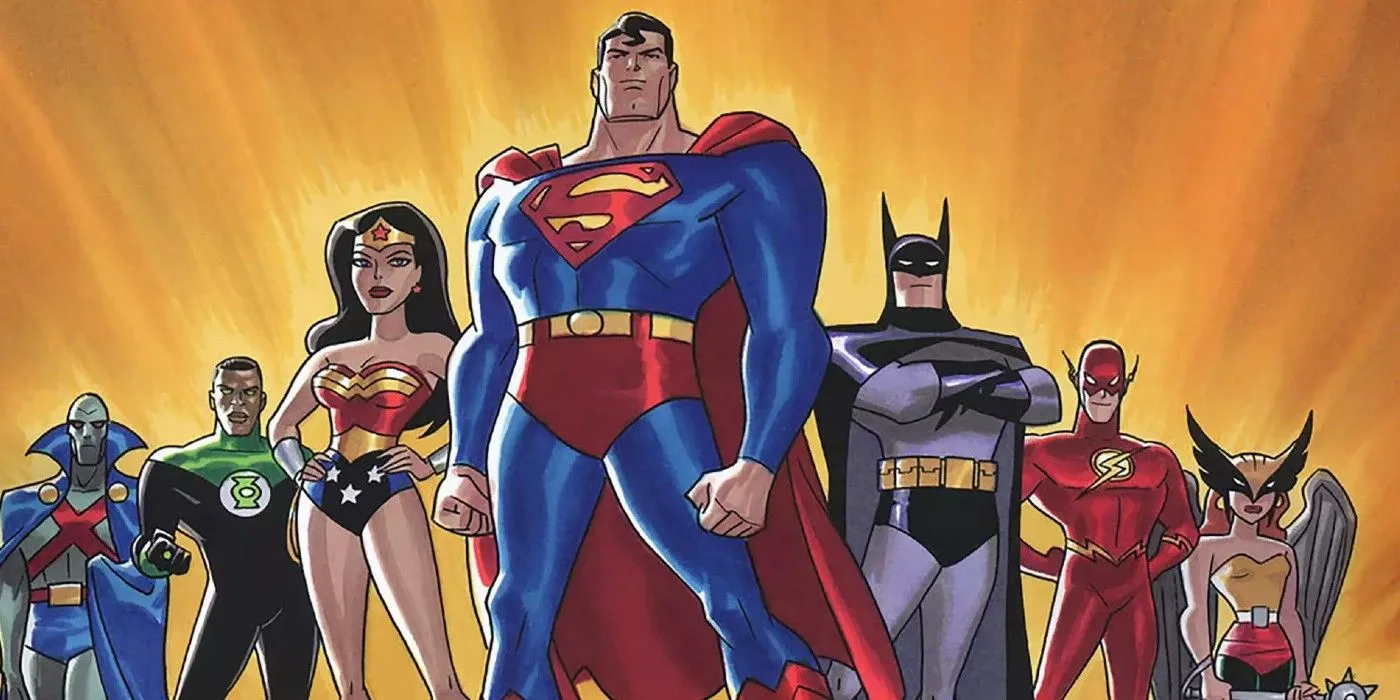
The animated series Justice League, followed by Justice League Unlimited, excelled in integrating individual character arcs with the collective team dynamic. Each hero, from Martian Manhunter to Hawkgirl, was given space to shine, seamlessly weaving personal stories into the larger narrative tapestry. Conflict arose naturally, stemming from well-developed, character-driven stakes rather than forced drama.
Batman Beyond: Pioneering a New Direction
Innovative Storytelling with Generational Themes
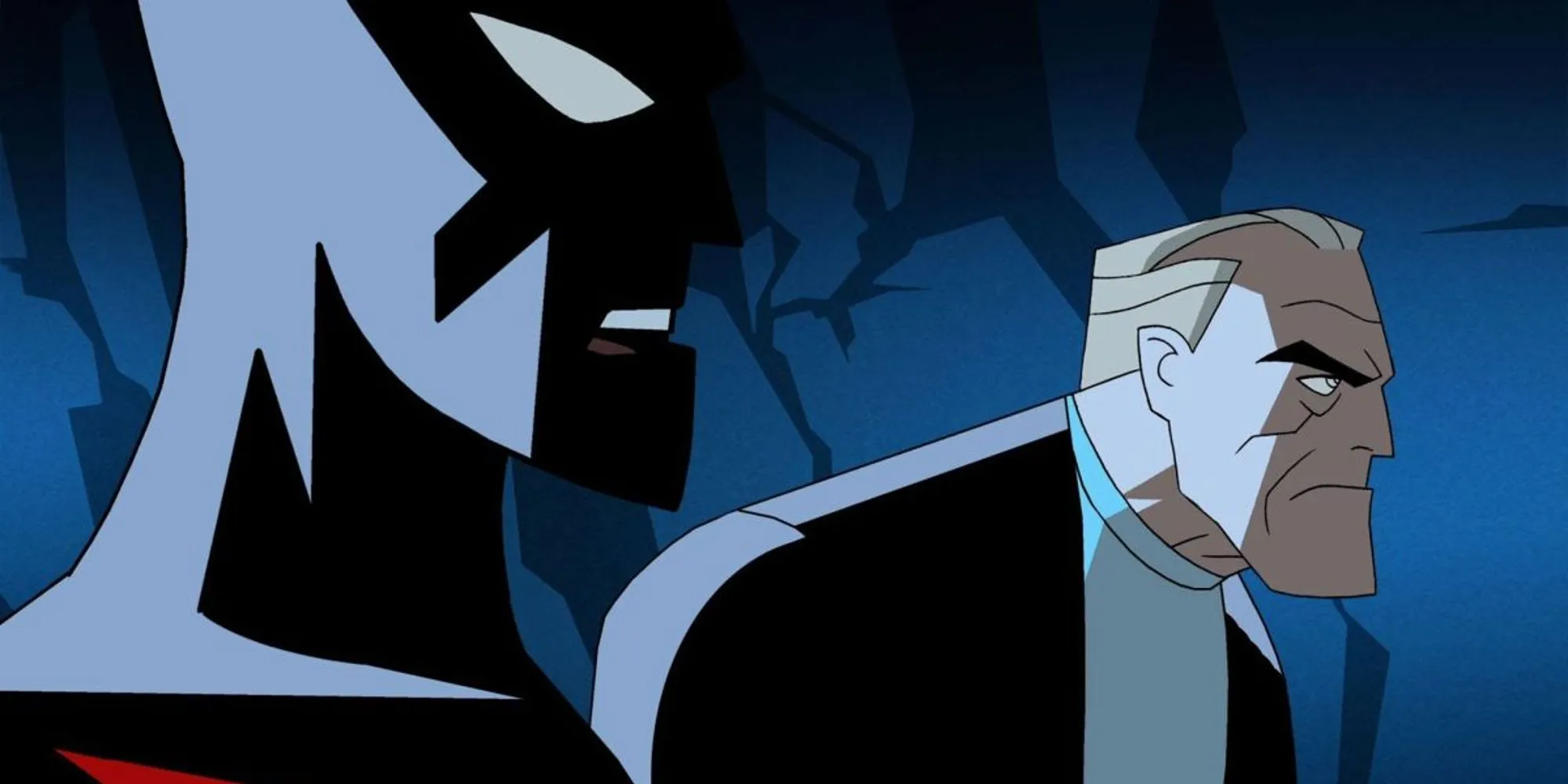
Batman Beyond took a bold leap by featuring Terry McGinnis as Batman in a futuristic Gotham. The series deepened the Bat-mythos through themes of legacy and mentorship while challenging traditional superhero narratives. By blending a daring visual style with emotionally grounded stories, it appealed to a wide audience – old fans and newcomers alike. This trajectory demonstrates that DC’s cinematic endeavors can thrive through innovation and risk-taking when they prioritize character over convention.
Character Over Spectacle: The Power of Intimacy
Nuanced Character Development in Batman: TAS
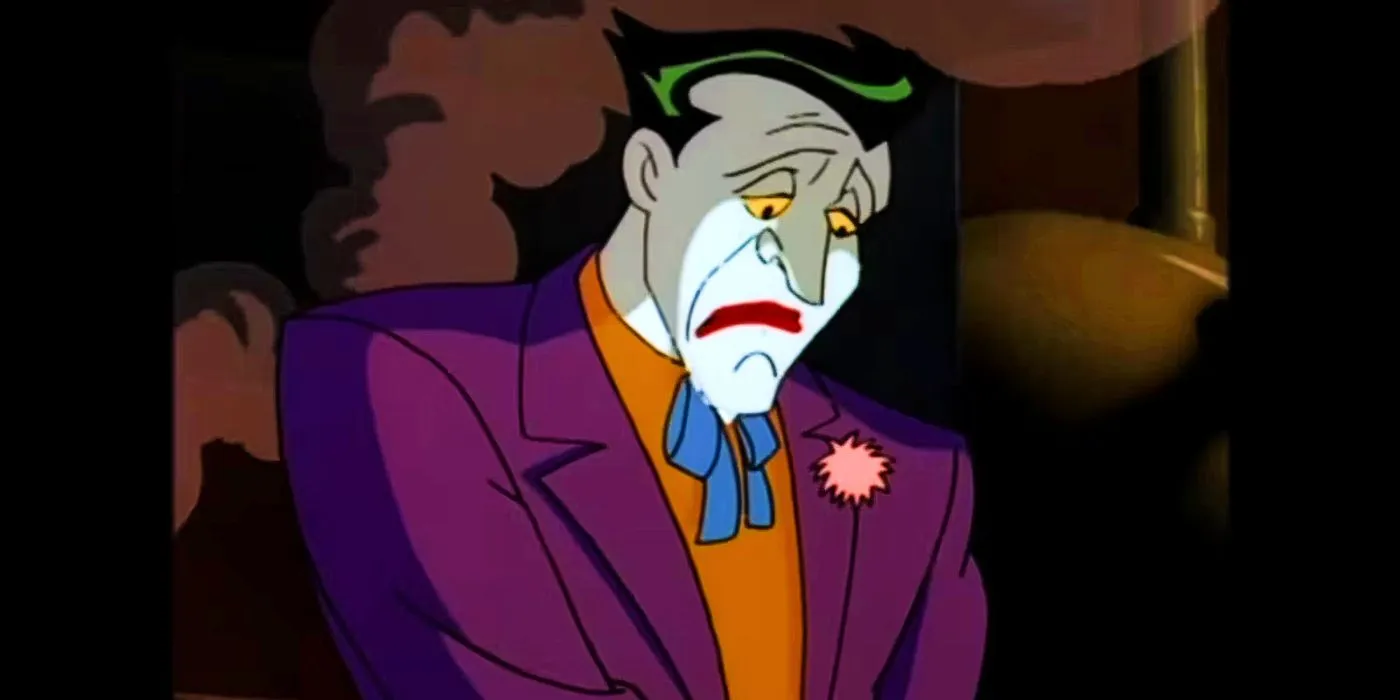
Batman: The Animated Series distinguished itself with its commitment to character development rather than relying on flashy action. It fostered a narrative atmosphere that prioritized deep emotional resonances, tapping into characters’ inner struggles and conflicts. Storylines such as “Heart of Ice” proved that profound emotional depth could coexist with superhero themes, often elevating simple plots to significant narratives. The emphasis on intimate character experiences made the DCAU stand out from contemporary superhero films that chase grandeur at the expense of connection.
Young Justice: Crafting Depth in Villains
Layered Motivations of Villains in Young Justice
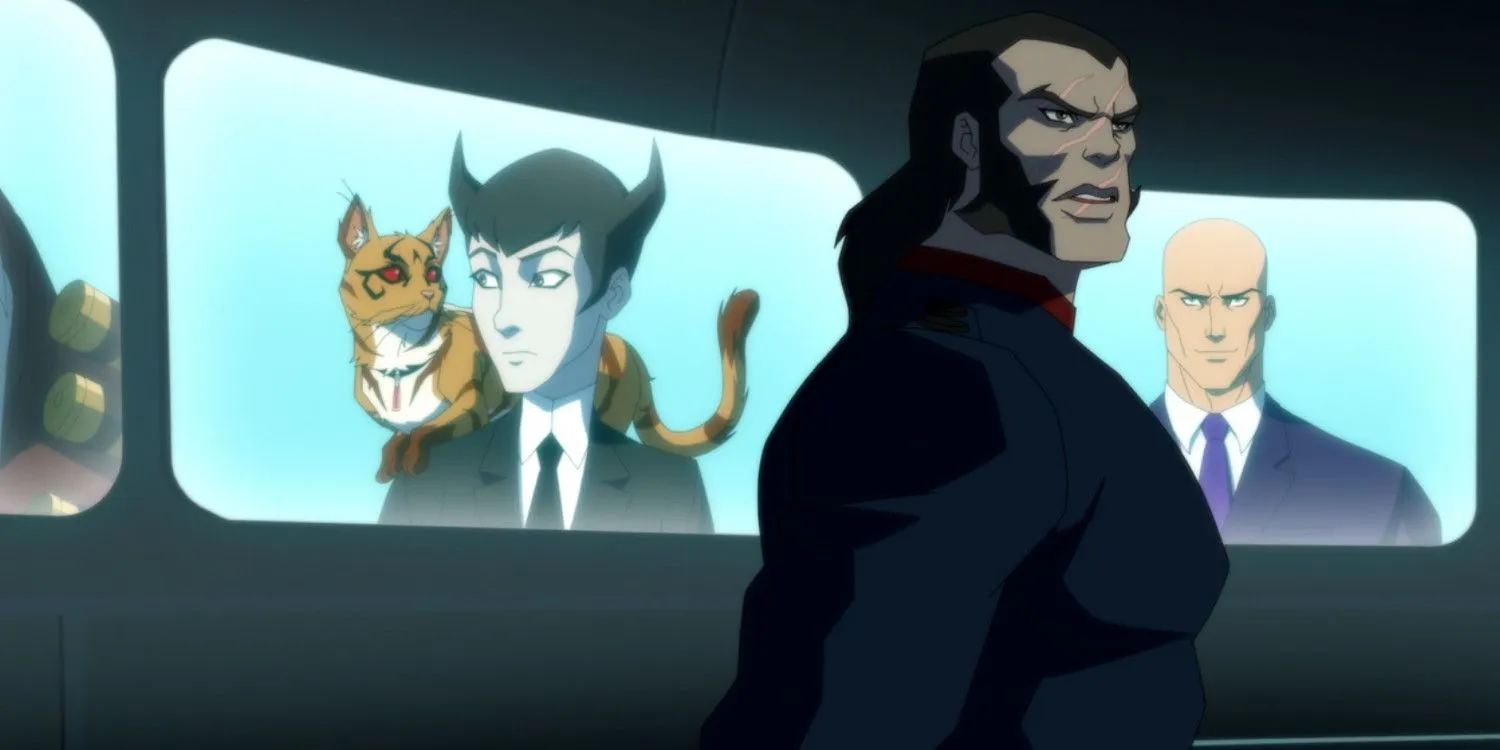
Young Justice gained acclaim for its multidimensional portrayal of antagonists, where characters like Lex Luthor and Ra’s al Ghul unfolded complex motivations beyond simple pursuit of power. This approach amplified the thematic weight of heroes’ confrontations, enriching the narrative fabric. By showcasing conflicts that not only challenged the heroes physically but also ideologically, Young Justice deepened audience investment, revealing the profound potential of well-rounded villains.
Batman Beyond: The Legacy of Generational Heroes
Passing the Torch: Transformative Narratives in Batman Beyond
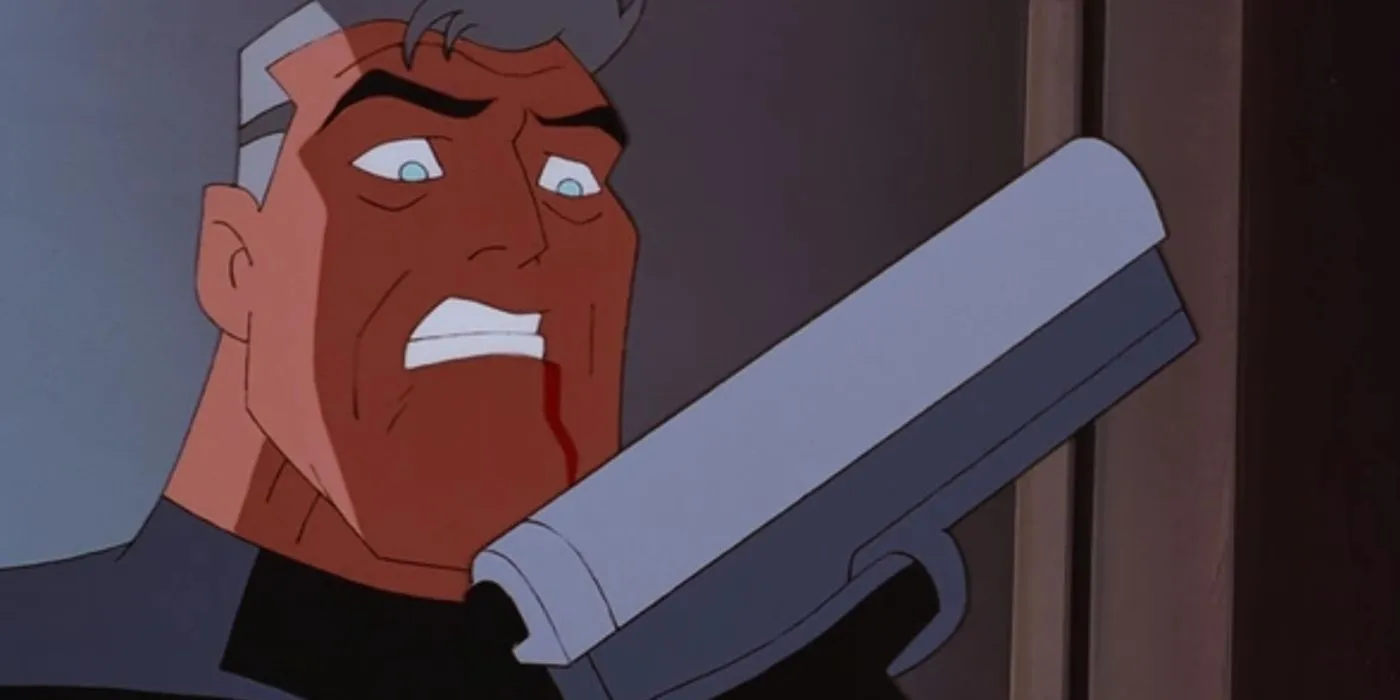
With the introduction of Terry McGinnis, Batman Beyond inspired fresh storytelling by honoring the legacy of Bruce Wayne while allowing for evolution. This generational shift showcased how iconic legacies could adapt, granting new narratives the opportunity to grow. The DCEU can take cues from this model as it relates to its own storytelling, particularly in light of upcoming projects that explore generational heroes.
Teen Titans: Team Dynamics as Core Storytelling
Emotional Arcs in Team Dynamics of Teen Titans
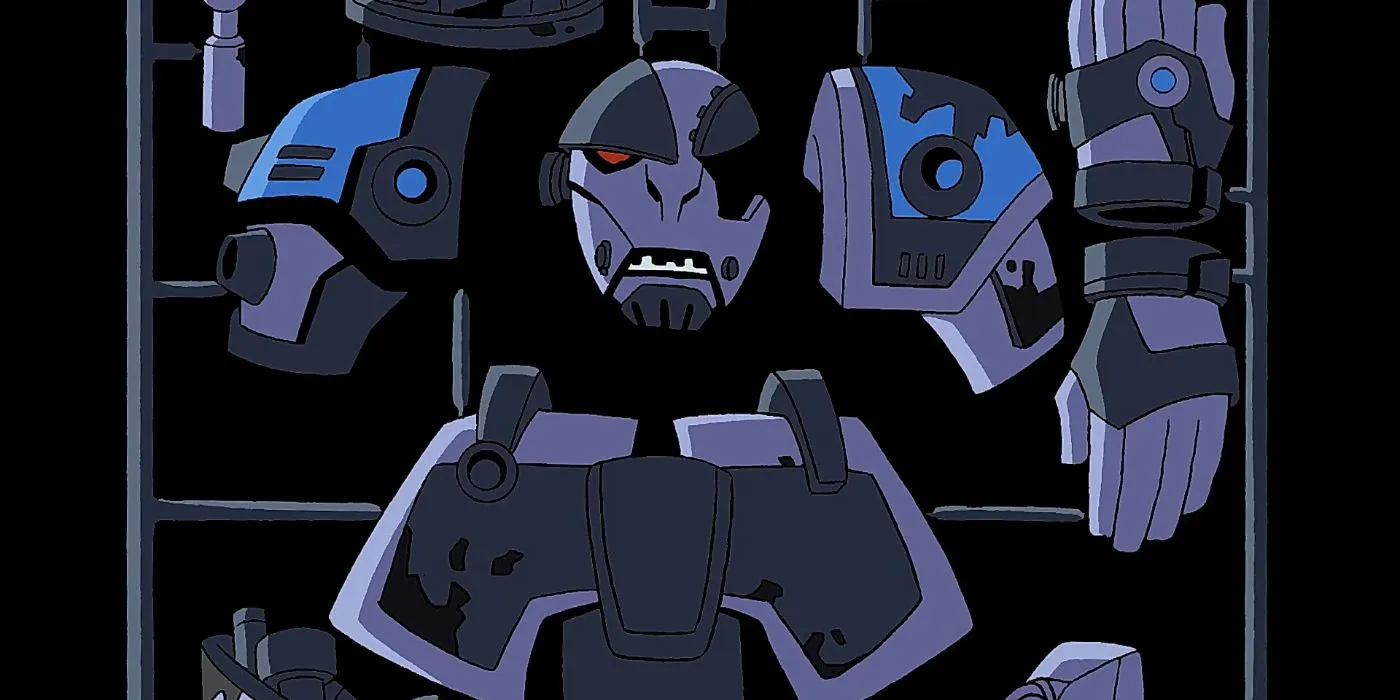
Teen Titans captivated audiences by intertwining character development with action-packed storytelling. The complex relationships among team members, such as Robin’s rivalry with Slade or Starfire’s cultural struggles, drove emotional engagement throughout the series. Unlike some contemporary films that overlook these dynamics in favor of spectacle, Teen Titans emphasized the need for emotional investment, revealing that nuanced interpersonal relationships are vital to crafting compelling narratives in superhero ensembles.
Young Justice: The Evolution of Characters Over Time
Natural Character Development Across Seasons
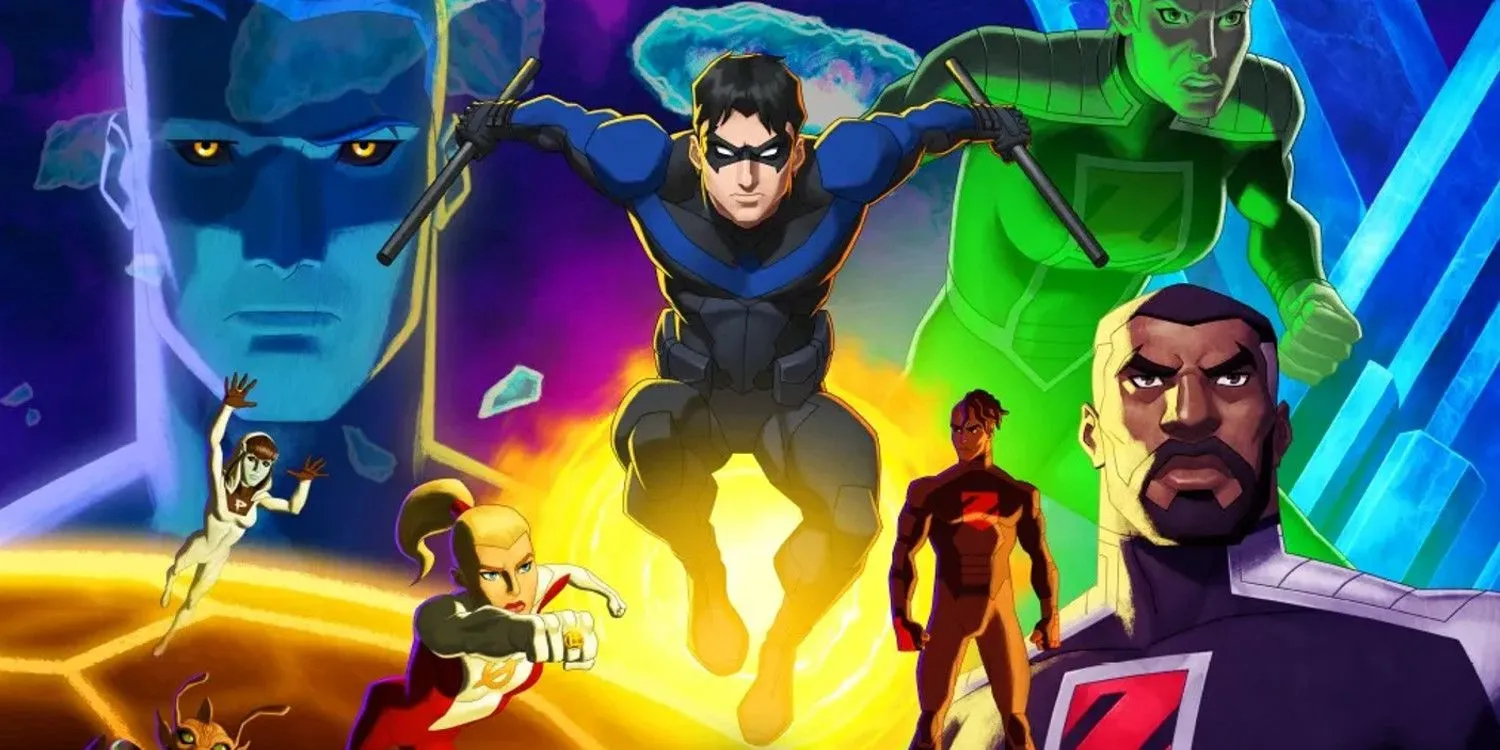
One of the hallmarks of Young Justice was its commitment to evolving character arcs over time—showing characters grow and adapt through life changes and challenges. Key figures like Dick Grayson transitioning to Nightwing showcased a nuanced evolution that felt genuine and resonant. This character growth not only made the narrative feel organic but also conveyed the importance of consequences and responsibilities. For the DCU, embracing such continuity and depth could foster deeper audience engagement.
Justice League: Unlimited’s Creative Fearlessness
Embracing Creative Risks in Storytelling
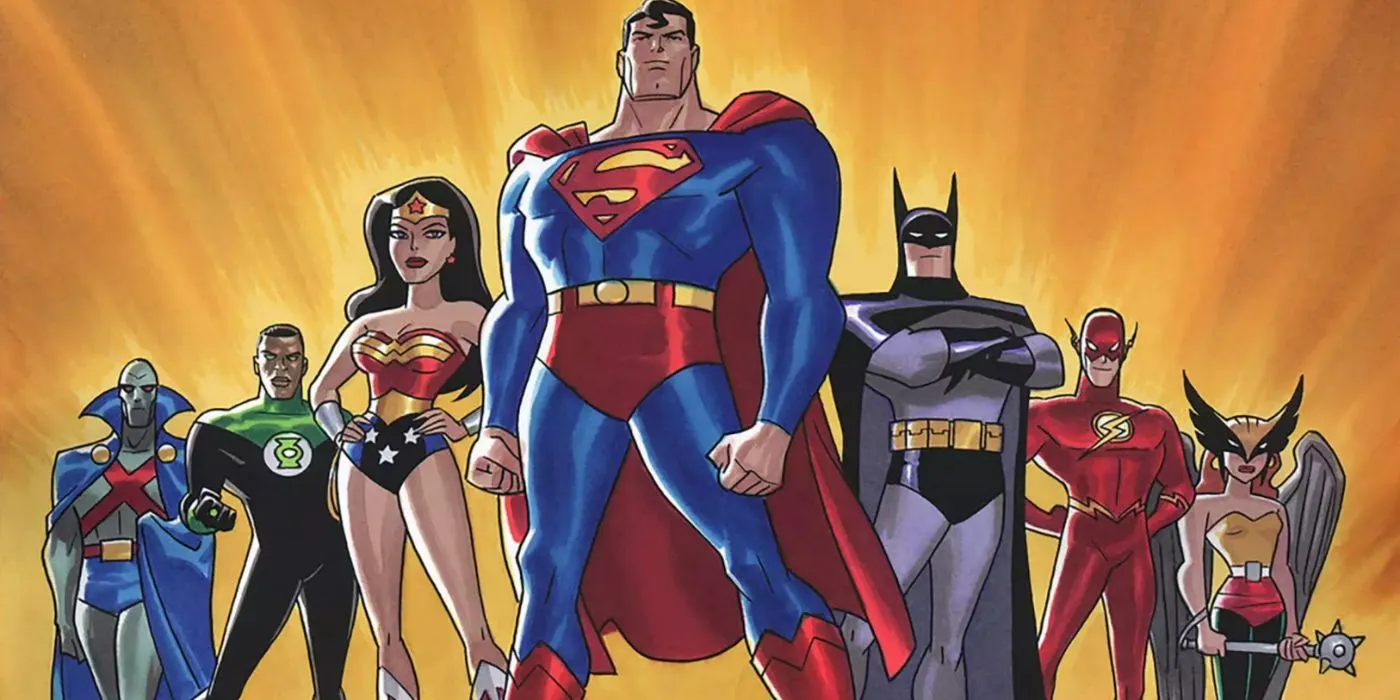
Justice League: Unlimited boldly explored uncharted storytelling territories, introducing lesser-known characters and unconventional themes. By embracing cosmic and philosophical narratives, it amplified the geographical and thematic boundaries of the DC Universe. These daring narratives demonstrated that venturing into the unique can breathe life into familiar tales and appeal to a wider audience. The DCU could greatly benefit from a similar approach, inviting fresh creativity rather than adhering strictly to conventional patterns.
Superman: The Animated Series: The Power of Hope
Emphasizing Hope Amidst Darkness
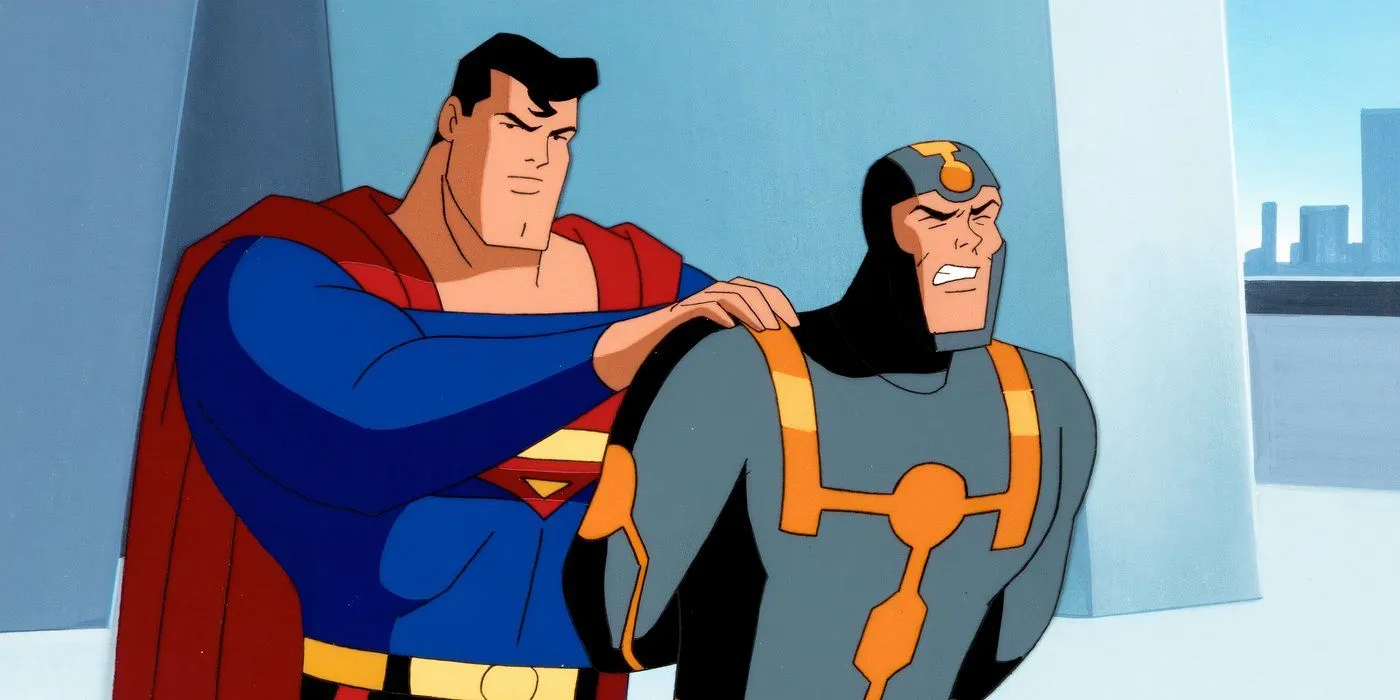
Superman: The Animated Series effectively portrayed Superman not as a brooding figure but as a beacon of hope and humanity. Despite confronting darkness through challenging narratives that dealt with loss and betrayal, the series consistently highlighted Clark Kent’s empathy and resilience. This balance serves as a fundamental reminder that while characters may face dire challenges, exploration of hope enhances storytelling, enriching the characters rather than diminishing them. By embracing a hopeful perspective, the DCU could reignite the magic associated with Superman, positioning him as a symbol of inspiration for audiences.
For further insights, please refer to the source and images.
